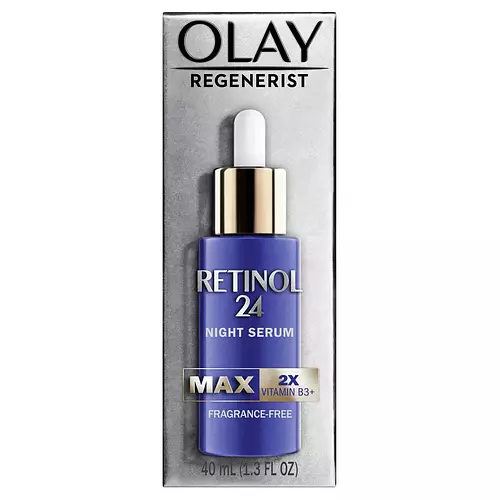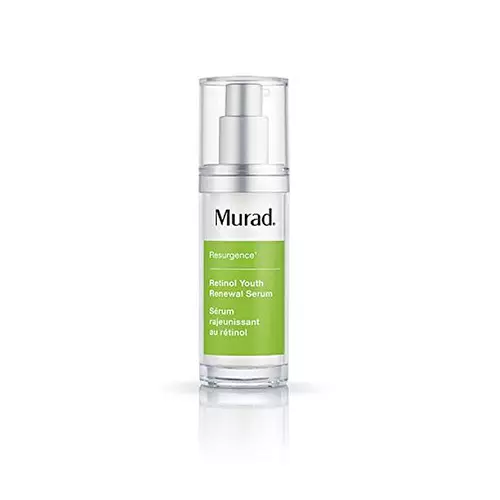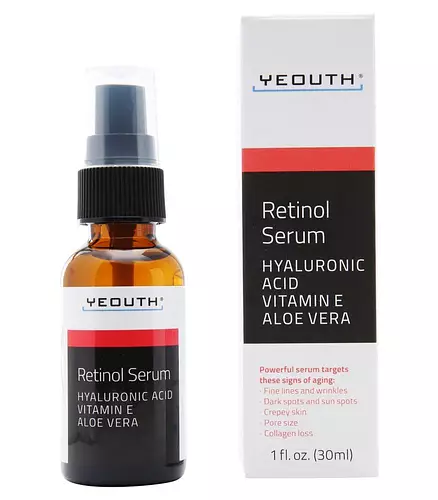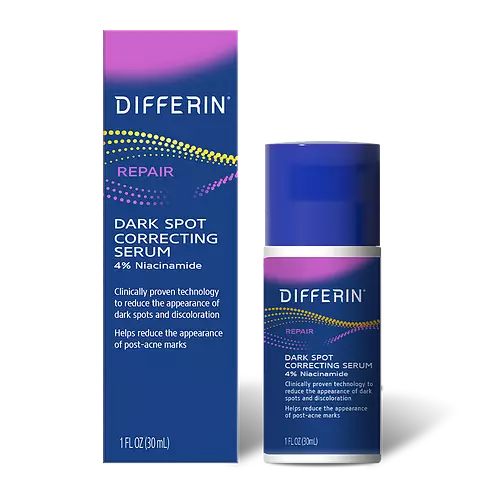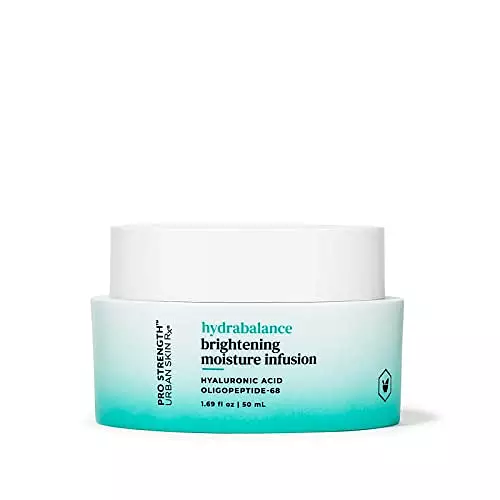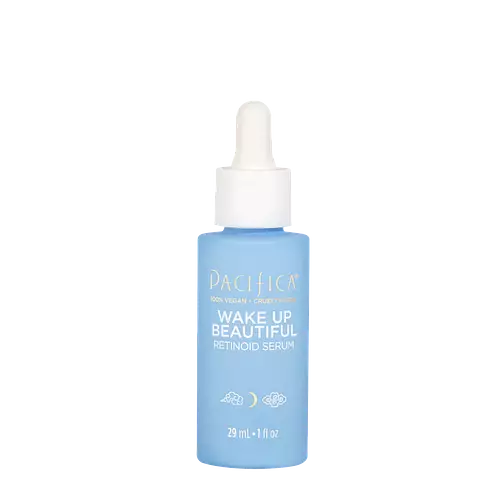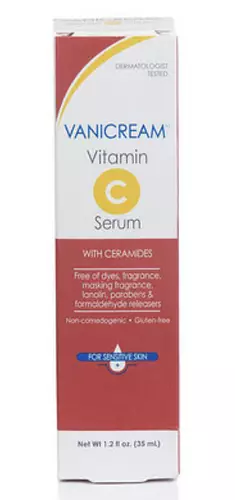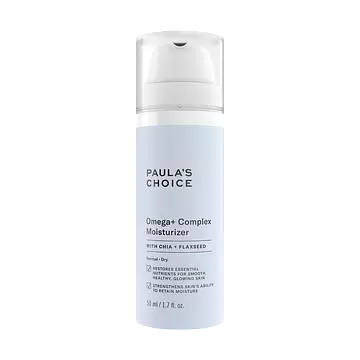Updated on June 13, 2024
Overview
Free From
They both do not contain any sulfates
We independently verify ingredients, and our claims are backed by peer-reviewed research. Spot a product that needs an update? Let us know.
Ingredient Info
Differin Adapalene Gel 0.1% Acne Treatment 8 ingredients
Differin Soothing Moisturizer 17 ingredients
At a glance
Click on any of the items below to learn more
Differin Adapalene Gel 0.1% Acne Treatment 8 ingredients
Differin Soothing Moisturizer 17 ingredients
Notable Ingredients
This product contains 1 ingredient that may have this attribute:
Benefits
This product contains 1 ingredient that may have this attribute:
This product contains 1 ingredient that may have this attribute:
Concerns
This product contains 1 ingredient that may have this attribute:
This product contains 1 ingredient that may have this attribute:
This product contains 2 ingredients that may have this attribute:
Notable Ingredients
This product contains 1 ingredient that may have this attribute:
Benefits
This product contains 2 ingredients that may have this attribute:
This product contains 1 ingredient that may have this attribute:
This product contains 2 ingredients that may have this attribute:
Concerns
This product contains 1 ingredient that may have this attribute:
This product contains 3 ingredients that may have this attribute:
This product contains 1 ingredient that may have this attribute:
This product contains 1 ingredient that may have this attribute:
This product contains 1 ingredient that may have this attribute:
This product contains 1 ingredient that may have this attribute:
Ingredients Side-by-side
Ingredients Explained
These ingredients are found in both products.
Ingredients higher up in an ingredient list are typically present in a larger amount.
Water. It's the most common cosmetic ingredient of all. You'll usually see it at the top of ingredient lists, meaning that it makes up the largest part of the product.
So why is it so popular? Water most often acts as a solvent - this means that it helps dissolve other ingredients into the formulation.
You'll also recognize water as that liquid we all need to stay alive. If you see this, drink a glass of water. Stay hydrated!
Learn more about WaterIngredient Ratings
Here's what our community thinks of the ingredients in these two products.
When to use
Differin Adapalene Gel 0.1% Acne Treatment 8 ingredients
Differin Soothing Moisturizer 17 ingredients

Reviews
Here's what our community thinks
Differin Adapalene Gel 0.1% Acne Treatment 8 ingredients
BrittBrine
This has probably been the product that has made the most difference in my skin. It's clearing up breakouts and acne that I've had for the longest...
This has probably been the product that has made the most difference in my skin. It's clearing up breakouts and acne that I've had for the longest time. My skin looks and feels so much better and I've only been using it for about 2-3 months now.
jojoswrld_
Works! Doesn’t irritate my skin when used on a dry surface. I hate how my skin looks when it sends all the clogged sebum to the surface of my skin,...
Works! Doesn’t irritate my skin when used on a dry surface. I hate how my skin looks when it sends all the clogged sebum to the surface of my skin, but it clears over time and leaves the skin incredibly firm and smooth. It’s the only not cruelty-free product I use just because it’s benefitted me so greatly and, in my opinion, is indisputably the best prescription-grade retinoid especially for sensitive skin.
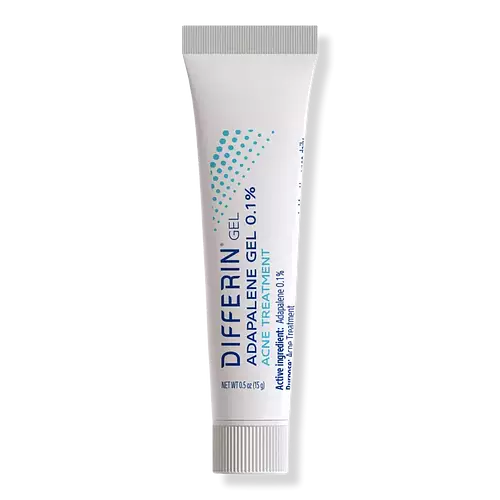
.png)




